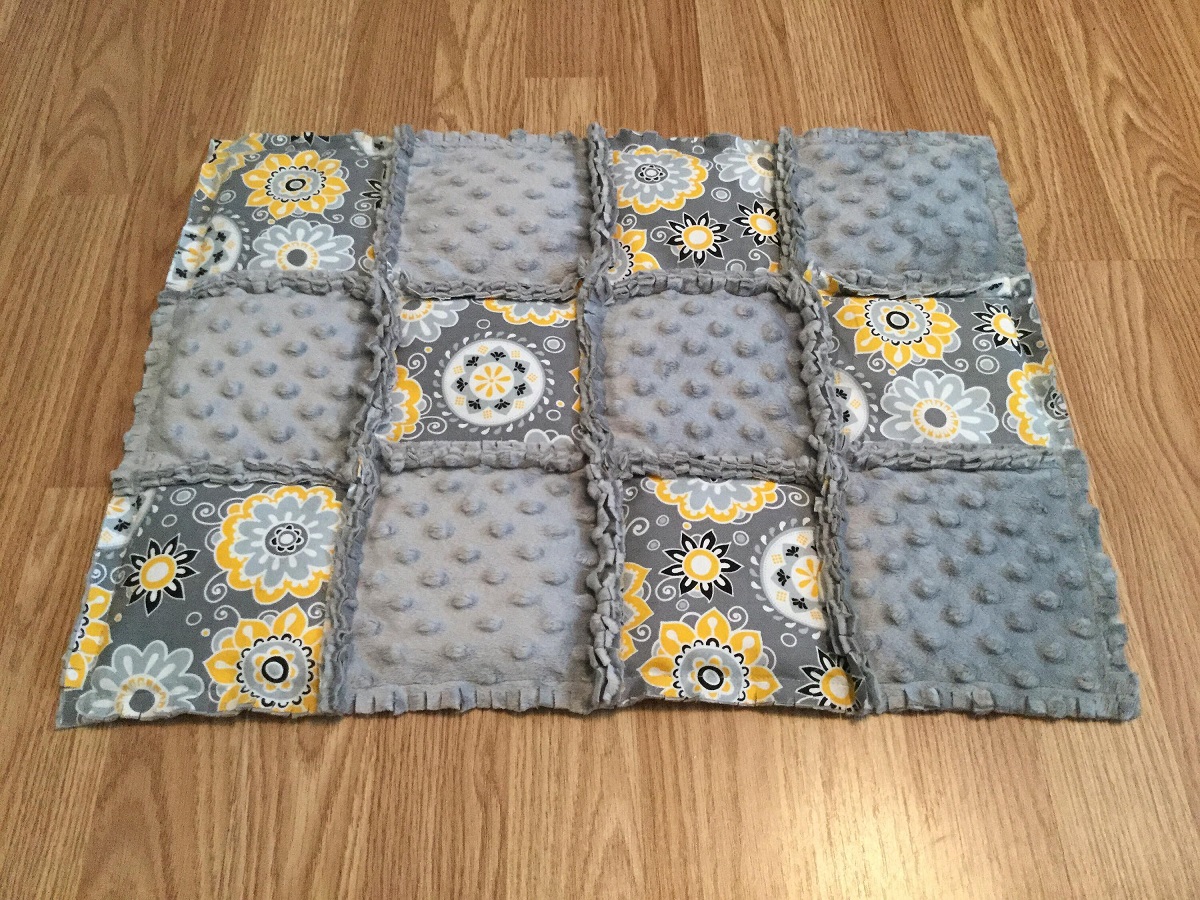

Articles
How To Make A Weighted Quilt
Modified: February 24, 2024
Learn how to make a weighted quilt with our informative articles, covering everything from materials and tools to step-by-step instructions. Start your quilt-making journey today!
(Many of the links in this article redirect to a specific reviewed product. Your purchase of these products through affiliate links helps to generate commission for Storables.com, at no extra cost. Learn more)
Introduction
Quilting is a beloved craft that allows you to express your creativity while creating something functional and beautiful. While traditional quilts are made for warmth and comfort, weighted quilts have gained popularity for their therapeutic benefits. These quilts, also known as sensory or calming quilts, are filled with weighted inserts to provide a gentle and soothing pressure that can help alleviate anxiety, stress, and improve sleep quality.
In this article, we will guide you through the process of making your own weighted quilt. We will cover everything from choosing the right fabrics to sewing techniques and finishing touches. By following these step-by-step instructions, you can create a personalized and effective weighted quilt that will provide comfort not only for yourself but for your loved ones as well.
Before we delve into the crafting process, let’s take a moment to understand the benefits of a weighted quilt. Weighted blankets and quilts are commonly used to aid individuals with sensory processing disorders, anxiety, ADHD, insomnia, and other conditions. The evenly distributed weight of the quilt provides deep pressure stimulation, which can have a calming and grounding effect on the body and mind.
Now that you’re familiar with the benefits of a weighted quilt, let’s gather the necessary materials and get started on creating your own comforting masterpiece.
Key Takeaways:
- Crafting a weighted quilt involves choosing the right fabrics, preparing weighted inserts, and sewing with precision. The therapeutic benefits and personalized touch make it a rewarding and comforting project for yourself or loved ones.
- The process of making a weighted quilt is a creative and fulfilling journey. From fabric selection to finishing touches, each step reflects your passion for quilting and results in a unique, soothing masterpiece.
Read more: How To Make A Quilt
Materials Needed
Before embarking on the journey of creating your own weighted quilt, gather the following materials:
- Fabric for the quilt top: Choose a soft and durable fabric of your preference. Cotton, flannel, or minky fabric works well for the top layer.
- Weighted Inserts: These are the key component of a weighted quilt. You can use poly pellets, glass beads, or plastic pellets for creating the weighted inserts. Make sure they are non-toxic and washable.
- Fabric for the backing: Select a fabric that complements the quilt top. This fabric will be exposed on the underside of the quilt.
- Batting: This is the middle layer that provides warmth and structure to the quilt. Choose a batting of the desired thickness and warmth.
- Thread: Opt for a sturdy thread suitable for sewing the quilt layers together. Choose a color that coordinates with your fabric choices.
- Quilting ruler: A quilting ruler will help you with accurate measurements and cutting.
- Rotary cutter or fabric scissors: Use a rotary cutter for precise and efficient fabric cutting. If you don’t have a rotary cutter, fabric scissors will suffice.
- Pins or clips: These will be used to hold the layers of the quilt together during sewing.
- Sewing machine: A sewing machine is essential for stitching the quilt layers together. Make sure it is in good working condition.
- Iron and ironing board: These tools will come in handy for pressing the fabric and creating crisp seams.
- Binding tape or fabric: Choose a fabric or pre-made binding tape to give a neat finished look to the edges of the quilt.
- Measuring tape: A measuring tape will help you take accurate measurements for cutting fabric and making precise seams.
Having these materials ready will ensure a smooth and organized quilting process. Now that you have everything you need, let’s move on to the next step: choosing the fabric for your weighted quilt.
Step 1: Choosing Fabric
The choice of fabric for your weighted quilt is essential as it will determine the overall look, feel, and durability of the finished product. When selecting fabric, consider factors such as the quilt’s purpose, the level of comfort desired, and the intended recipient’s preferences. Here are a few fabric options to consider:
- Cotton: Cotton fabric is a popular choice for quilts due to its breathability, softness, and ease of sewing. It comes in a wide range of colors, prints, and patterns, allowing you to create a customized look for your weighted quilt.
- Flannel: Flannel fabric is known for its warmth and coziness, making it an excellent choice for weighted quilts designed for colder climates or individuals who enjoy a snuggly feel. It can also add a textured look to your quilt.
- Minky: Minky fabric is incredibly soft and plush, providing a luxurious feel to your weighted quilt. It is often used for baby blankets and sensory items due to its tactile appeal and soothing texture.
- Fleece: Fleece fabric is another cozy option that offers warmth and durability. It is relatively easy to work with and comes in a variety of colors and patterns.
Consider the weight and drape of the fabric as well. Lightweight fabrics are generally easier to work with, especially when it comes to stitching the quilt layers together. Additionally, fabrics with a good drape will allow the weighted inserts to settle evenly throughout the quilt.
If you are unsure about your fabric choices, consider seeking inspiration from existing quilts or patterns. You can also visit fabric stores or browse online fabric retailers to explore the vast array of options available.
Once you have selected your fabric, it’s time to move on to the next step: cutting the fabric for your quilt. Grab your quilting ruler, rotary cutter or fabric scissors, and get ready to bring your vision to life!
Step 2: Cutting Fabric
Now that you have chosen your fabric for the quilt top and backing, it’s time to cut the fabric into the appropriate sizes and shapes. Precise cutting is crucial to ensure that all the pieces fit together accurately and that your finished quilt has clean, straight edges.
Start by laying out your chosen fabric on a flat surface. If the fabric has any wrinkles or folds, it’s a good idea to press it with an iron to ensure smooth cutting. Use a quilting ruler and a rotary cutter or fabric scissors to cut the fabric according to the measurements and design you have in mind.
Measure and cut the pieces for the quilt top first. These pieces should be large enough to accommodate the size of the weighted inserts you will be using. If you plan to incorporate any blocks or patterns, be sure to cut and arrange them accordingly.
Next, cut the fabric for the backing and batting. Make sure the backing fabric is slightly larger than the quilt top to allow for seam allowances. The batting should be the same size as the quilt top or slightly smaller if you prefer a smaller border.
If you are creating a quilt with multiple layers or borders, such as a quilted border or sashing, cut those pieces as well at this stage. Each piece should be measured and cut precisely to ensure they fit together seamlessly.
Remember to double-check your measurements and take your time when cutting the fabric. It’s always better to be cautious and measure twice before making any cuts. If you make a mistake, don’t panic! It’s always possible to adjust or recut the fabric as needed.
Once all the pieces are cut, take a moment to organize them and ensure you have everything you need before moving on to the next step. Now that the fabric is ready, we can proceed to sew the quilt top together in the next step.
Step 3: Sewing the Quilt Top
With your fabric pieces cut and ready, it’s time to start sewing the quilt top. This step involves joining the individual fabric pieces together to create a cohesive and visually appealing design. Follow these steps to sew your quilt top:
- Layout and design: Lay out your cut fabric pieces according to your desired design. This will allow you to visualize how the quilt top will look once it’s sewn together. Make any adjustments or rearrangements as needed.
- Right sides together: Take the first two fabric pieces that you want to sew together. Place them on top of each other with their right sides facing together. Pin or clip the edges to keep them in place.
- Sewing: Using a ¼ inch seam allowance, sew the two fabric pieces together. Start from one edge and continue stitching until you reach the other end. Remove the pins or clips as you go along.
- Press the seams: After sewing the seam, press it open with an iron. This will help the seam lie flat and create a neater appearance. Repeat this process for each seam you sew.
- Continue sewing: Repeat steps 2-4 to sew the remaining fabric pieces together. Take your time and ensure that each seam is sewn straight and that the edges align properly.
- Press the quilt top: Once you have sewn all the fabric pieces together, give the quilt top a final press with an iron. This will help set the seams and ensure that the quilt top lies flat.
During the sewing process, be mindful of maintaining an accurate seam allowance and ensuring that your fabric pieces align correctly. If necessary, trim excess fabric or adjust seam allowances to achieve a precise fit.
As you sew, feel free to unleash your creativity by incorporating additional design elements, such as appliqué, embroidery, or quilt blocks. These embellishments can add a personal touch and enhance the overall aesthetic appeal of your weighted quilt.
Once you have completed sewing the quilt top, take a moment to appreciate your progress. The next step involves preparing the weighted inserts that will provide the comforting pressure of your quilt. Continue to Step 4 for detailed instructions on preparing the weighted inserts.
Read more: How To Make Autism Weighted Blanket
Step 4: Preparing the Weighted Inserts
The weighted inserts are essential components of a weighted quilt as they provide the gentle pressure that aids in relaxation and sensory regulation. In this step, we will guide you through the process of preparing the weighted inserts for your quilt:
- Select the filling: Choose a suitable filling material for your weighted inserts. Popular options include poly pellets, glass beads, or plastic pellets. Ensure that the filling is non-toxic and safe for use in a quilt.
- Weighing the inserts: Decide on the appropriate weight for your weighted quilt inserts. The recommended weight is usually around 10% of the user’s body weight. Use a scale to measure and divide the filling evenly into individual weighted packets.
- Secure the weighted packets: To prevent any leaks or spills, it is important to secure the weighted filling inside fabric packets. Cut squares or rectangles of fabric, ensuring they are large enough to contain the weighted filling comfortably.
- Sewing the packets: Place the measured weighted filling in the center of each fabric square or rectangle. Fold the fabric over the filling to enclose it securely. Use pins or clips to hold the edges together and sew around the perimeter of the packet to seal it shut. Reinforce the stitching for added durability.
- Inspect the packets: Once all the weighted packets are prepared, inspect them to ensure they are securely sealed and there are no loose threads or openings.
- Label the packets: For added convenience, consider labeling each weighted packet with the weight it contains. This will help you keep track of the total weight distribution in your quilt.
Please keep in mind that the number and size of the weighted packets will depend on the size and design of your quilt. For larger quilts, you may wish to distribute the weighted inserts evenly across the quilt’s surface to ensure maximum coverage and effectiveness.
Take your time in preparing the weighted inserts, ensuring that each packet is securely sealed. The next step will guide you in attaching the weighted inserts to your quilt top. Let’s move on to Step 5: Attaching the Weighted Inserts.
Step 5: Attaching the Weighted Inserts
Attaching the weighted inserts securely to your quilt top is an essential step in creating a functional and effective weighted quilt. Follow these steps to ensure the inserts are properly incorporated:
- Arrange the quilt top: Lay out your quilt top with the right side facing up on a flat surface. Ensure that it is smooth and wrinkle-free.
- Position the weighted inserts: Place the prepared weighted inserts on the quilt top, distributing them evenly across the surface. Make sure they are properly spaced to provide consistent pressure.
- Pin or secure the inserts: To prevent the weighted inserts from shifting during the quilting process, pin or clip them securely to the quilt top. This will keep them in place while you sew.
- Baste the inserts: Using a long basting stitch, sew around the edges of each weighted insert, attaching them firmly to the quilt top. This will provide additional reinforcement and prevent the inserts from shifting or clumping over time.
- Inspect the attachments: Check each attachment point to ensure that the weighted inserts are securely sewn to the quilt top. Double-check for any loose threads or openings that may need reinforcement.
It’s important to note that the placement and number of weighted inserts will depend on personal preferences and the intended effect of the quilt. Some prefer to concentrate the inserts around the center or specific areas, while others distribute them evenly across the quilt top.
Take your time during this step to ensure that the weighted inserts are securely attached. When you’re satisfied with the placement and attachment, it’s time to move on to the next step: quilt assembly. Follow along to Step 6 for detailed instructions on assembling your quilt.
When making a weighted quilt, be sure to evenly distribute the weight throughout the quilt to ensure it provides consistent pressure and comfort.
Step 6: Quilt Assembly
Now that you have securely attached the weighted inserts to the quilt top, it’s time to assemble the layers of your weighted quilt. Follow these steps for a successful quilt assembly:
- Lay down the backing fabric: Start by laying out the backing fabric with the wrong side facing up. Smooth out any wrinkles or creases to ensure a flat surface for the quilt.
- Place the batting: On top of the backing fabric, place the batting in the center. Smooth it out and ensure it is evenly distributed, covering the entire backing fabric.
- Position the quilt top: Take the quilt top with the weighted inserts and place it carefully on top of the batting. Ensure that all edges and corners align properly.
- Smooth out the layers: Starting from the center and working your way outwards, gently smooth out the layers of the quilt, eliminating any wrinkles or bubbles. Smooth from the center to the edges and ensure the layers are flat and taut.
- Pin or baste the layers: To hold the layers together during quilting, use safety pins or basting stitches to secure the quilt top, batting, and backing fabric. Space the pins or stitches a few inches apart to secure the layers evenly.
Quilt assembly is an important step in ensuring that all layers are secure and aligned correctly. Taking the time to properly position and secure the layers will result in a professional-looking finished quilt.
Once you have completed the assembly, you’re ready to move on to the next step: adding the backing and batting. In Step 7, we will guide you through this process, so let’s continue with the quilt-making journey!
Step 7: Adding the Backing and Batting
Adding the backing fabric and batting to your quilt is an essential step in creating a comfortable and well-structured weighted quilt. Follow these steps to ensure a smooth and successful process:
- Cut the backing fabric: Measure and cut the backing fabric so that it is slightly larger than the quilt top. This will allow for the necessary seam allowances and provide the necessary coverage for the weighted inserts.
- Prepare the batting: If your batting is larger than the quilt top, trim it to match the size of the quilt top. Make sure the batting is smooth and free of wrinkles before proceeding.
- Place the backing fabric: Lay the backing fabric on a large flat surface, with the right side facing down. Smooth out any wrinkles or folds to create a flat base for the quilt layers.
- Layer the batting: Carefully lay the batting on top of the backing fabric, ensuring it is centered and covers the entire surface. Smooth out any wrinkles or ripples in the batting.
- Position the quilt top: Take the quilt top, with the weighted inserts attached, and place it on top of the batting. Align all edges and corners to ensure they match up with the backing fabric.
- Smooth out the layers: Starting from the center and working your way outwards, gently smooth out the layers of the quilt. Smooth from the center to the edges, taking care to eliminate any wrinkles or bubbles.
At this stage, you should have a well-aligned stack of layers: backing fabric, batting, and quilt top with weighted inserts. Ensure that the layers are flat and properly positioned before proceeding to the next step.
Once the layers are properly aligned and smoothed out, you’re ready to move on to the next step: quilting the layers together. In Step 8, we will guide you through this quilting process to create a secure and durable weighted quilt.
Read more: How To Make A Kantha Quilt
Step 8: Quilting the Layers
Quilting the layers together is an important step in creating a secure and durable weighted quilt. This step involves stitching through all layers of the quilt to hold them together and provide decorative patterns or designs. Follow these steps to quilt your weighted quilt:
- Choose a quilting method: Decide on the quilting method you would like to use. Some popular options include free-motion quilting, straight-line quilting, or using a quilting pattern.
- Prepare your sewing machine: Ensure that your sewing machine is set up with the appropriate quilting foot and thread. Test your stitches on a scrap piece of fabric to make any necessary adjustments.
- Start quilting: Begin quilting by securing the layers together. You can start from the center and work your way outwards, or choose a specific area to begin. Stitch along the chosen pattern or design, making sure to catch all layers of the quilt.
- Continue quilting: Quilt the entire quilt, stitching through all layers. Take your time and sew at an even pace, ensuring the stitches are straight and consistent.
- Secure loose threads: As you quilt, periodically check for any loose threads or ends. Trim them as necessary to prevent tangling or snagging during the quilting process.
Quilting not only secures the layers together but also adds decorative elements to your weighted quilt. Feel free to experiment with different quilting designs, such as meandering lines, simple geometric shapes, or intricate patterns, to enhance the overall aesthetic appeal of your quilt.
Once you have completed the quilting process, take a moment to admire your work. The layers of your weighted quilt are now securely stitched together. In the next step, we will guide you through binding the quilt edges for a polished finish. Let’s move on to Step 9: Binding the Quilt.
Step 9: Binding the Quilt
Binding the edges of your quilt not only provides a finished and polished look but also adds durability and secures the quilt layers together. Follow these steps to bind your weighted quilt:
- Prepare the binding fabric: Cut fabric strips for the binding, ensuring they are long enough to cover the perimeter of your quilt. The width of the strips should be around 2.5 inches.
- Join the binding strips: Take the fabric strips and join them together diagonally, creating one long continuous strip. Press the seams open for a neater finish.
- Attach the binding strip: Starting from the middle of one side of the quilt, place the binding strip on the edge of the quilt top, aligning the raw edges. Leave a few inches of the binding strip unattached at the beginning.
- Sew the binding: Using a ¼ inch seam allowance, sew the binding strip to the quilt top, mitering the corners as you go along. Continue stitching until you reach a few inches before the starting point.
- Join the ends: Cut the end of the binding strip, leaving a few inches of excess. Fold the excess end to create a clean edge, and then fold the beginning of the binding strip over it. Sew the ends together to create a seamless join.
- Fold and finish the binding: Fold the binding strip over the raw edges of the quilt, so that it covers the stitching line. Pin or clip it in place. Then, stitch the binding down, either by hand or using a sewing machine, ensuring that your stitches are neat and secure.
Take your time during the binding process to ensure that the binding is attached evenly and securely. Mitering the corners and creating a seamless join at the ends will add a professional touch to your quilt. Press the binding once you have finished to give it a crisp look.
Binding completes the construction of your weighted quilt, offering a clean and polished finish. Now it’s time for the final step: adding the finishing touches to your masterpiece. Continue to Step 10 to learn about the final steps in this weighted quilt-making journey.
Step 10: Finishing Touches
Congratulations! You’re in the final step of creating your own weighted quilt. This step is all about the finishing touches that will elevate your quilt from a beautiful creation to a true masterpiece. Follow these steps to complete your weighted quilt:
- Trim the excess: Carefully trim any excess batting or backing fabric along the edges of your quilt. Make sure all the layers are even and aligned.
- Inspect and reinforce: Take a close look at the quilt’s seams, binding, and attachments. Reinforce any loose stitches or areas that need extra security with additional hand-sewing or machine stitching.
- Press the quilt: Give your weighted quilt a final press with an iron, using a pressing cloth if necessary. This will help flatten the quilt and give it a professional finish.
- Label your quilt: Personalize your quilt by adding a label with your name, the date, and any other details you want to include. This adds a sentimental touch and records the quilt’s creation.
- Give your quilt a final inspection: Take a step back and inspect your weighted quilt for any last-minute adjustments or final touches. Make sure everything looks as you envisioned and that you’re happy with the end result.
Now that the finishing touches are complete, it’s time to embrace the satisfaction of completing your very own homemade weighted quilt. Admire the craftsmanship and care that went into each step of the process.
Whether you’re keeping the weighted quilt for yourself or gifting it to someone special, it’s sure to provide comfort and relaxation. Enjoy the calming benefits of the weighted inserts and the warmth and beauty of your handmade quilt.
Remember, the process of creating a weighted quilt can be a truly personal and creative endeavor. Don’t be afraid to experiment with different fabrics, colors, and designs to make your quilt unique and meaningful to you.
Thank you for joining us on this journey of making a weighted quilt. We hope you have found this guide helpful and inspiring. Happy quilting!
Conclusion
Creating your own weighted quilt is a rewarding and fulfilling endeavor. Throughout this step-by-step guide, we have walked you through the process of making a personalized and therapeutic quilt that provides comfort and relaxation. From choosing the right fabrics to sewing techniques and finishing touches, each step has brought you closer to completing your own masterpiece.
A weighted quilt can offer numerous benefits, such as alleviating anxiety, stress, and improving sleep quality. By incorporating weighted inserts into your quilt, you have taken a step toward creating a soothing and calming sanctuary for yourself or a loved one.
Through careful fabric selection, precise cutting, meticulous sewing, and thoughtful finishing touches, you have crafted a unique weighted quilt that is tailor-made for your needs and preferences. Whether it’s the softness of the fabric, the even distribution of weight, or the warmth provided by the layers, your quilt is designed to provide therapeutic benefits while adding beauty and comfort to your space.
As you embark on this creative journey, remember to infuse your own personal touches into your quilt. Experiment with different fabrics, quilting designs, and embellishments to make it truly yours. Each stitch and choice of fabric reflects your creativity and passion for quilting.
Now that you have completed your weighted quilt, take the time to appreciate the artistry and effort you have put into this project. Admire how the weighted inserts provide a gentle and soothing pressure, bringing relaxation and comfort. Whether you choose to keep the quilt for yourself or gift it to someone special, know that you have created a one-of-a-kind piece that will be cherished for years to come.
Remember, this guide serves as a foundation for creating a weighted quilt, but there is always room for innovation and putting your own spin on the process. Continuously seek inspiration, experiment with techniques, and let your creativity guide you as you continue to explore the world of quilting.
Thank you for joining us on this quilting adventure. We hope you have found this guide informative and inspiring. Now, go forth and enjoy the cozy comfort of your personalized weighted quilt!
Frequently Asked Questions about How To Make A Weighted Quilt
Was this page helpful?
At Storables.com, we guarantee accurate and reliable information. Our content, validated by Expert Board Contributors, is crafted following stringent Editorial Policies. We're committed to providing you with well-researched, expert-backed insights for all your informational needs.
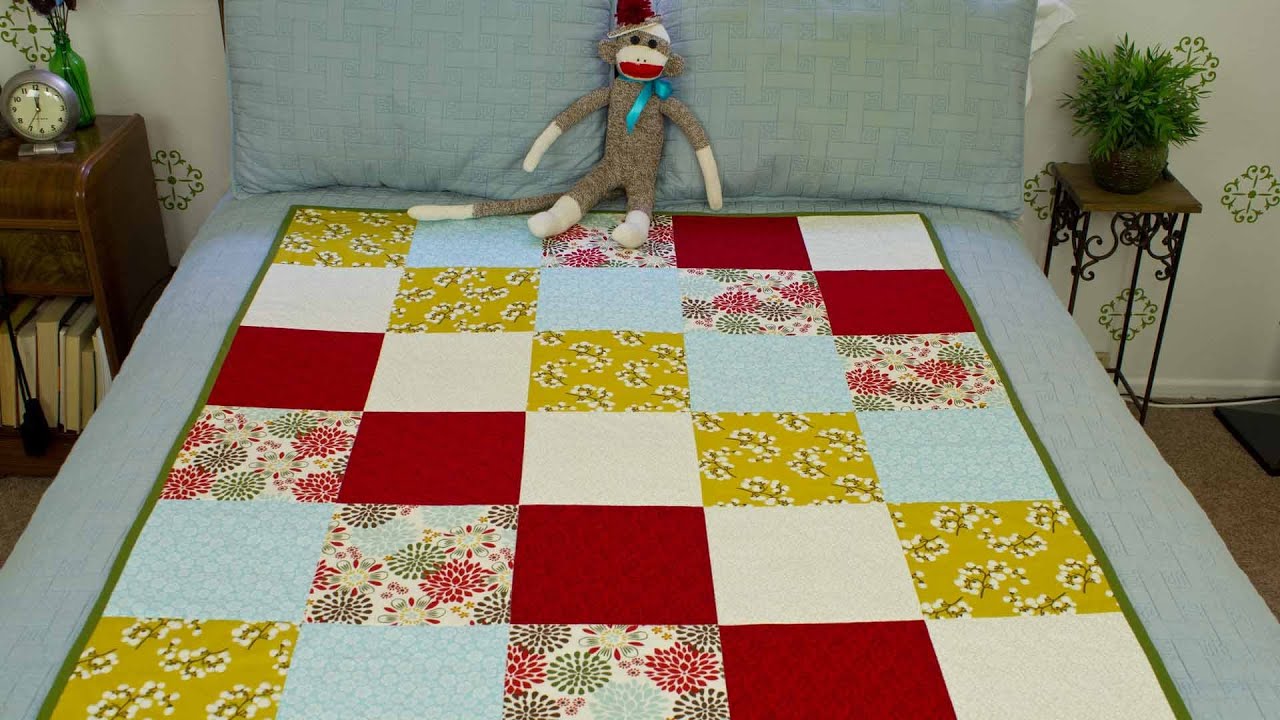
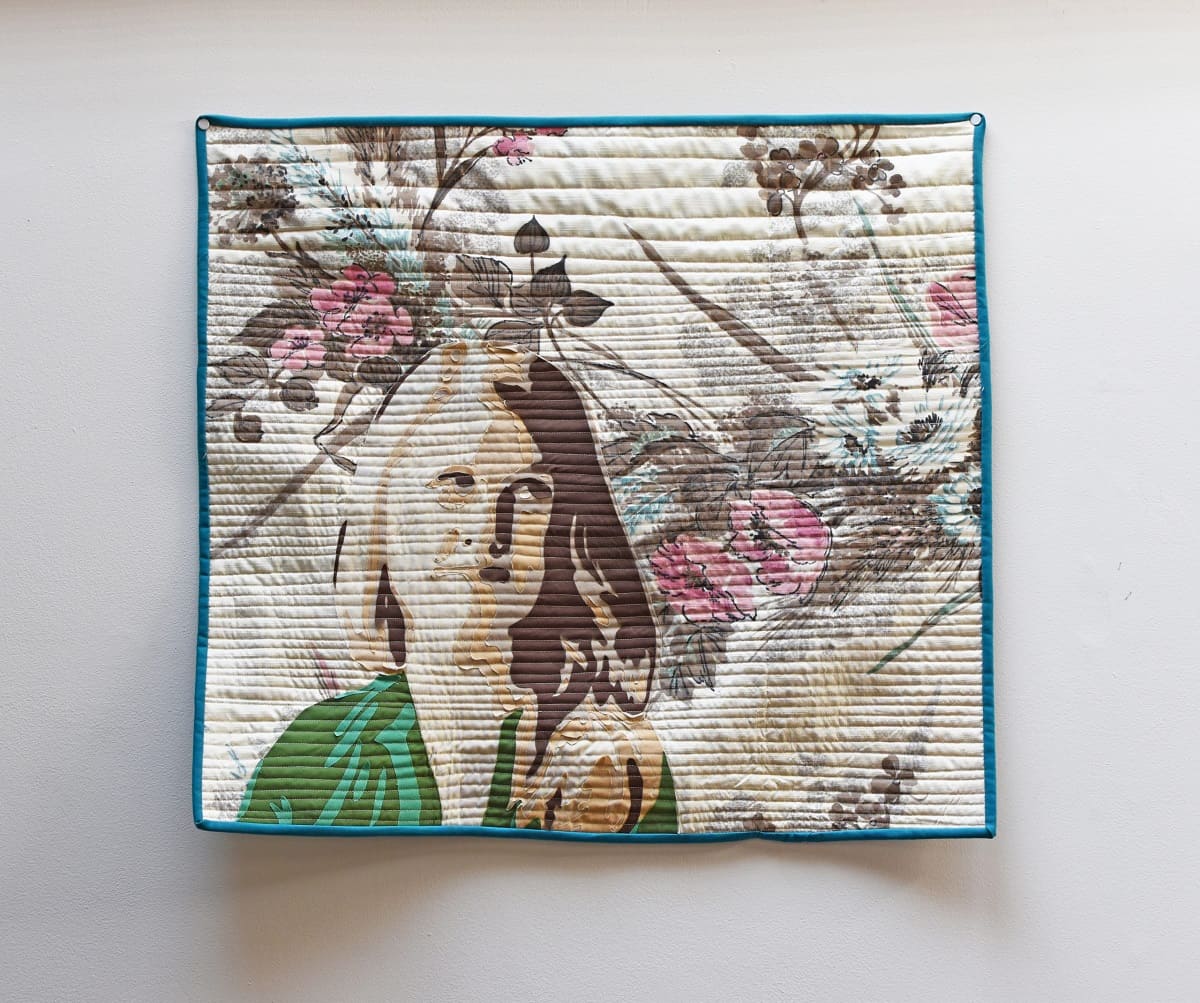
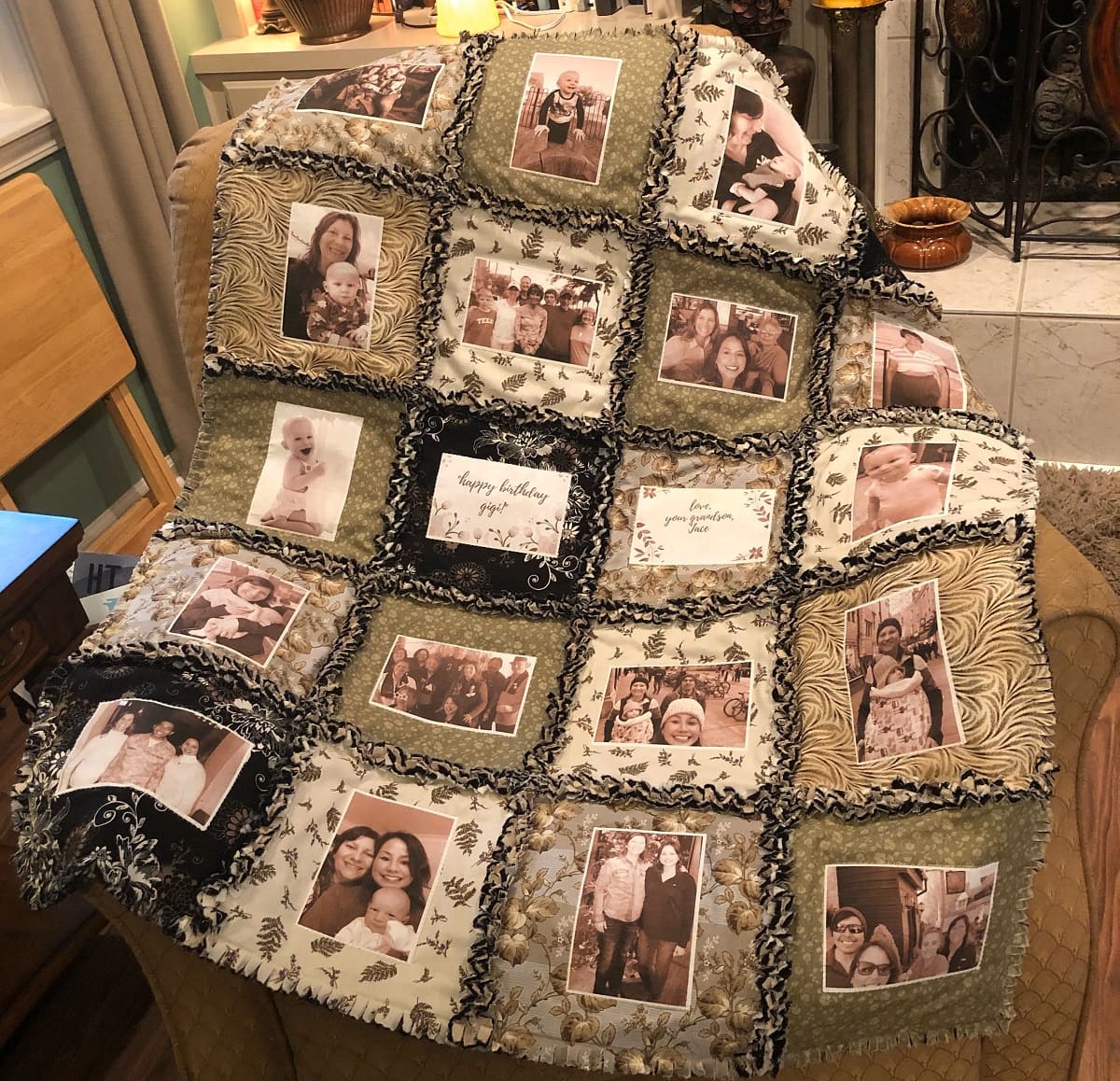
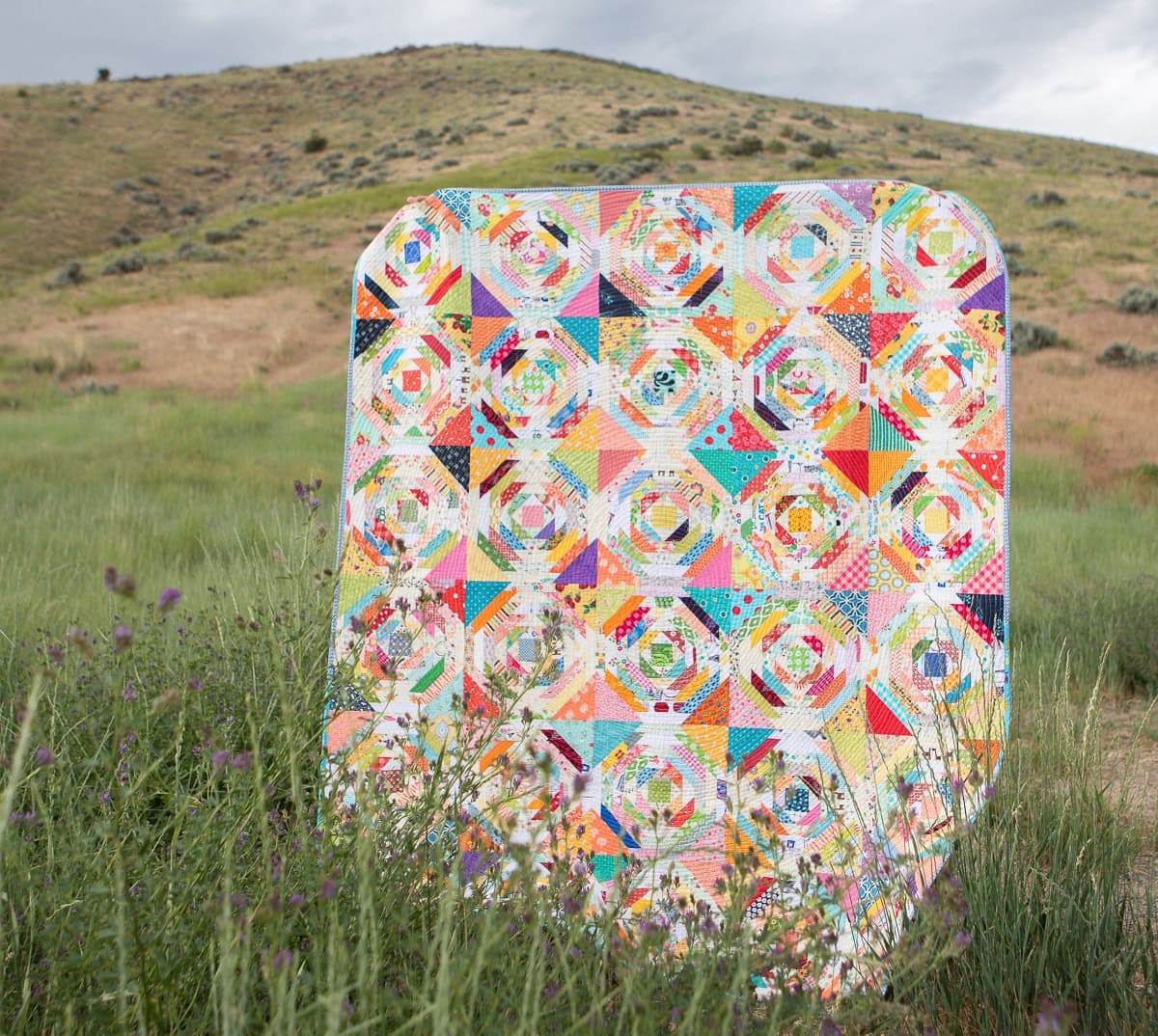
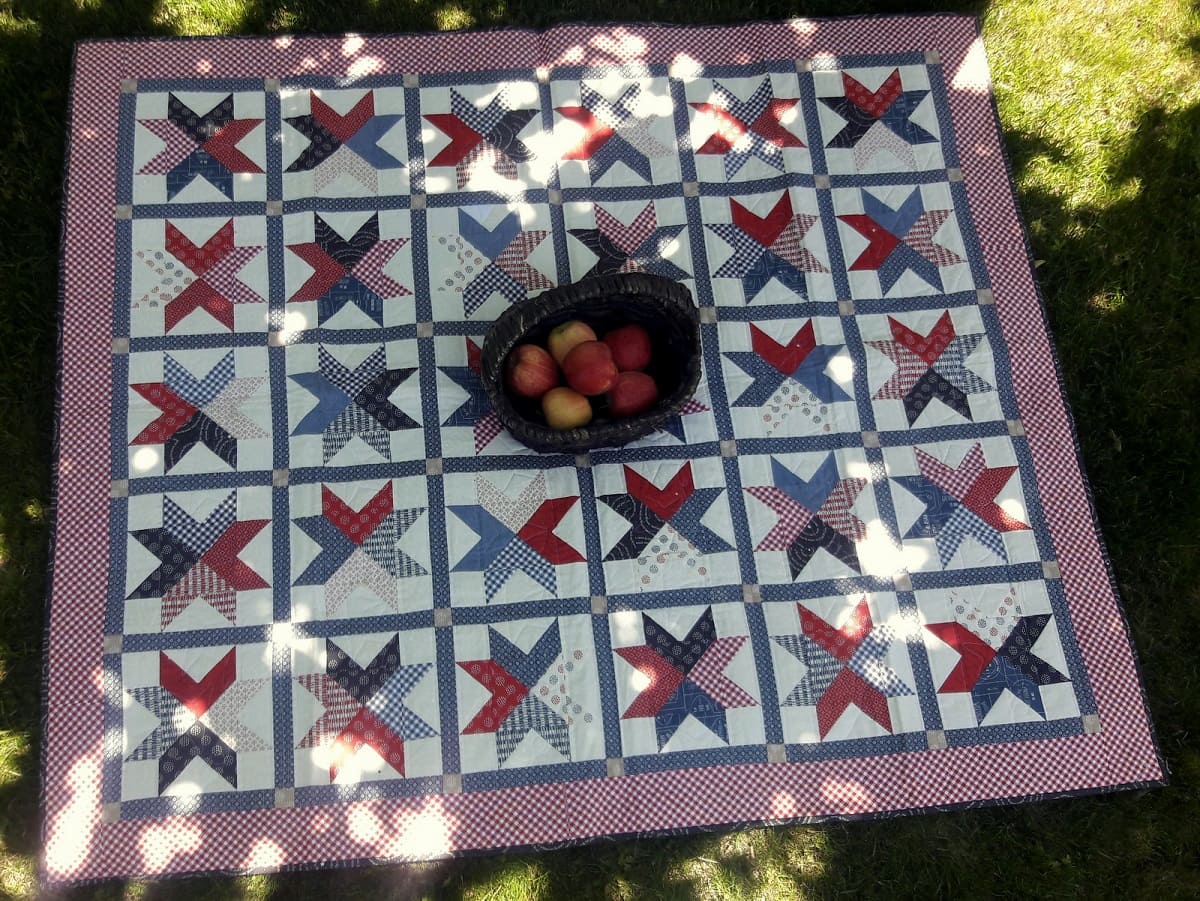
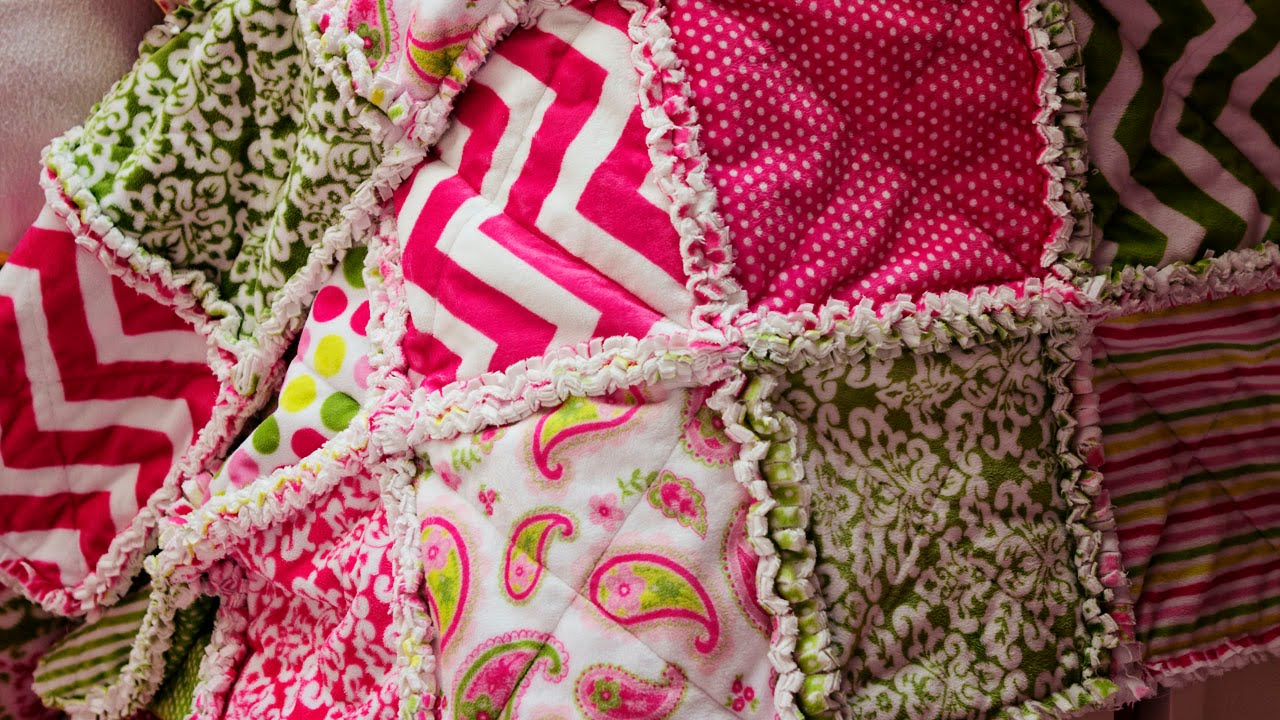
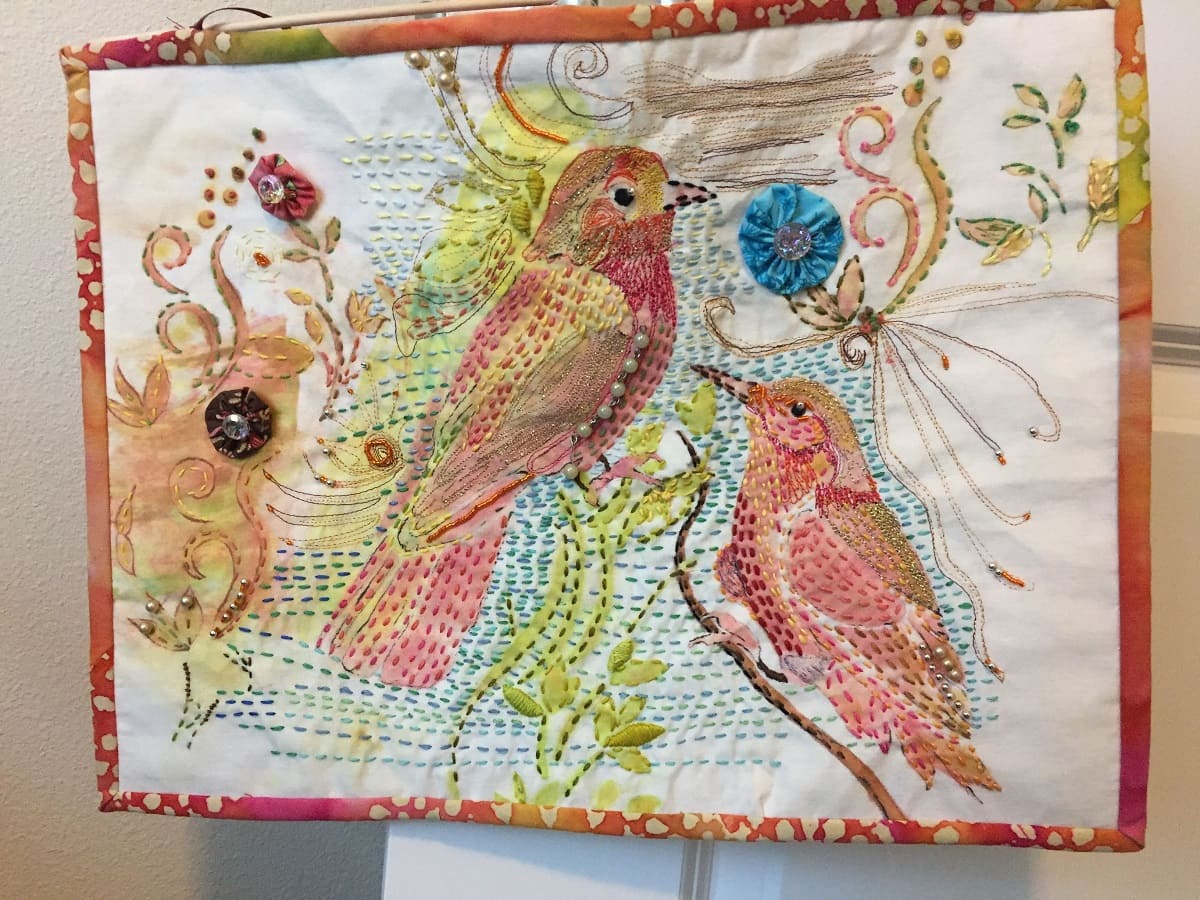
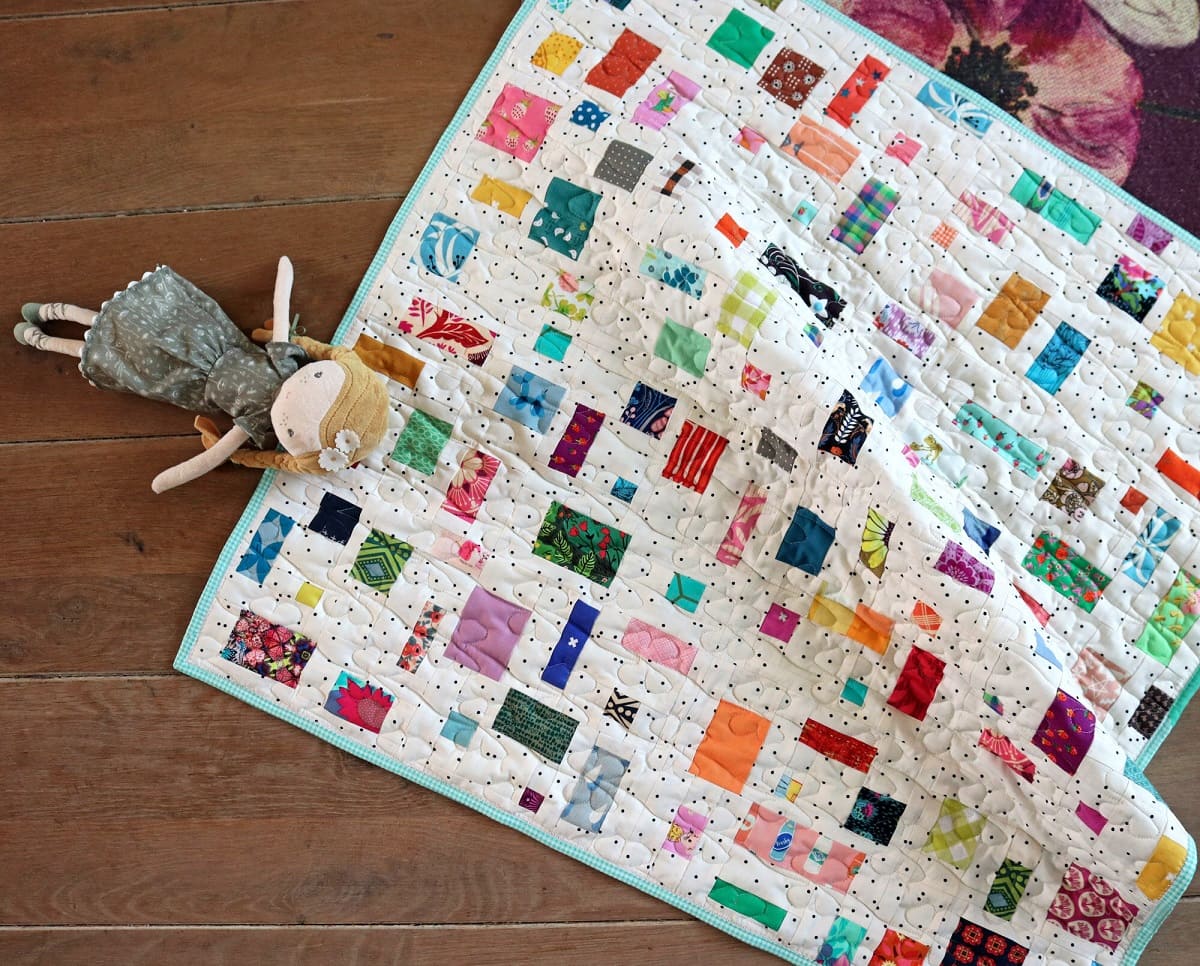
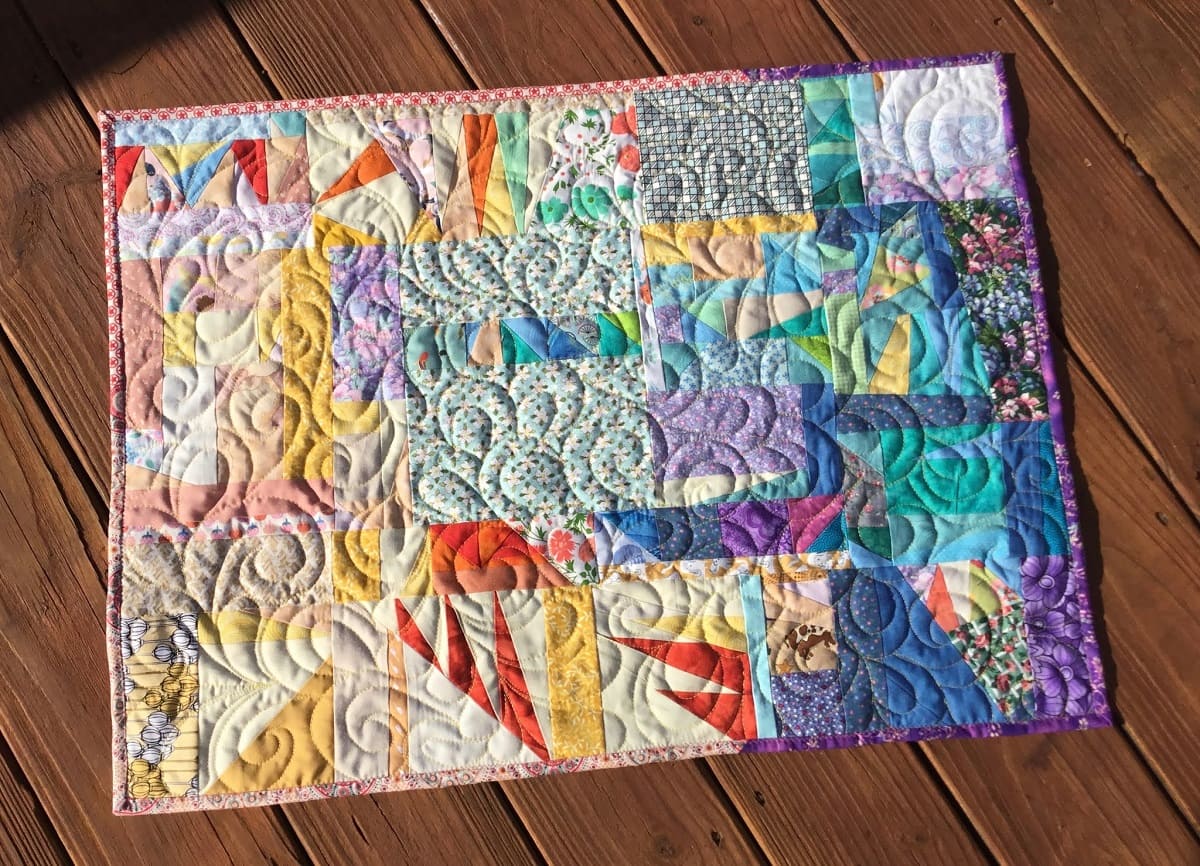
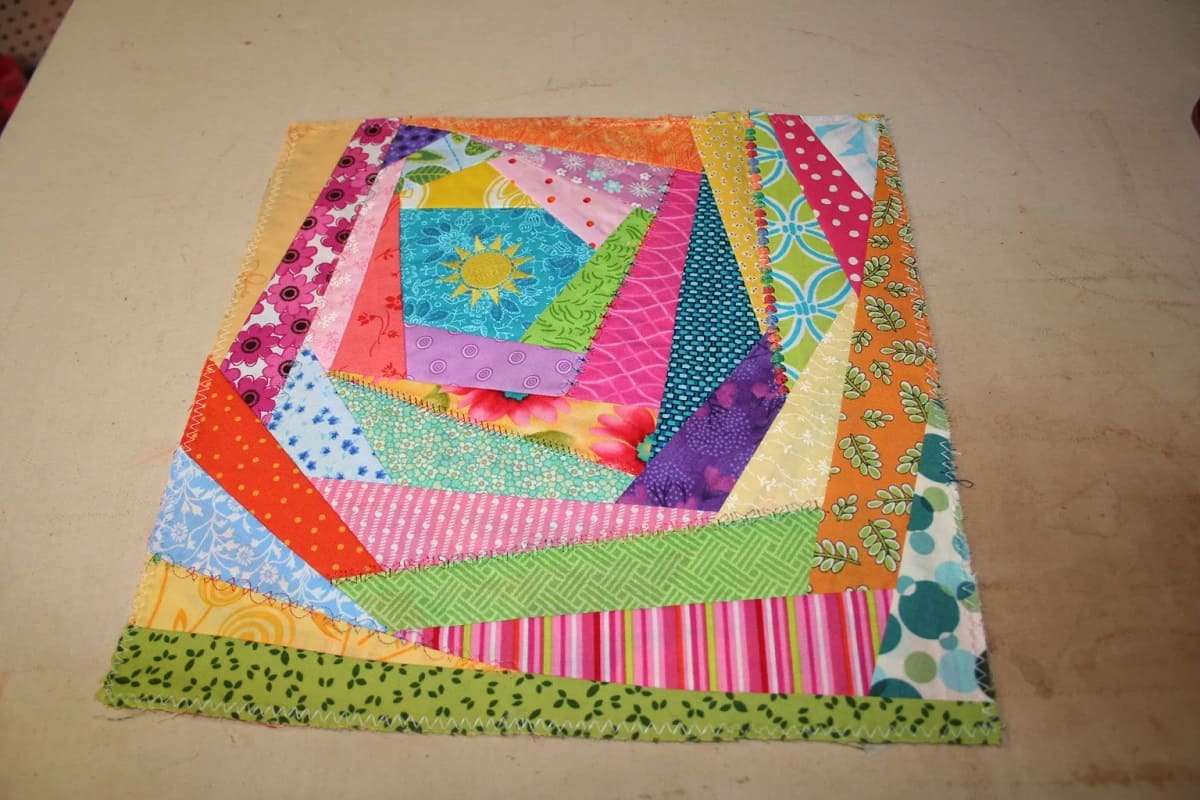
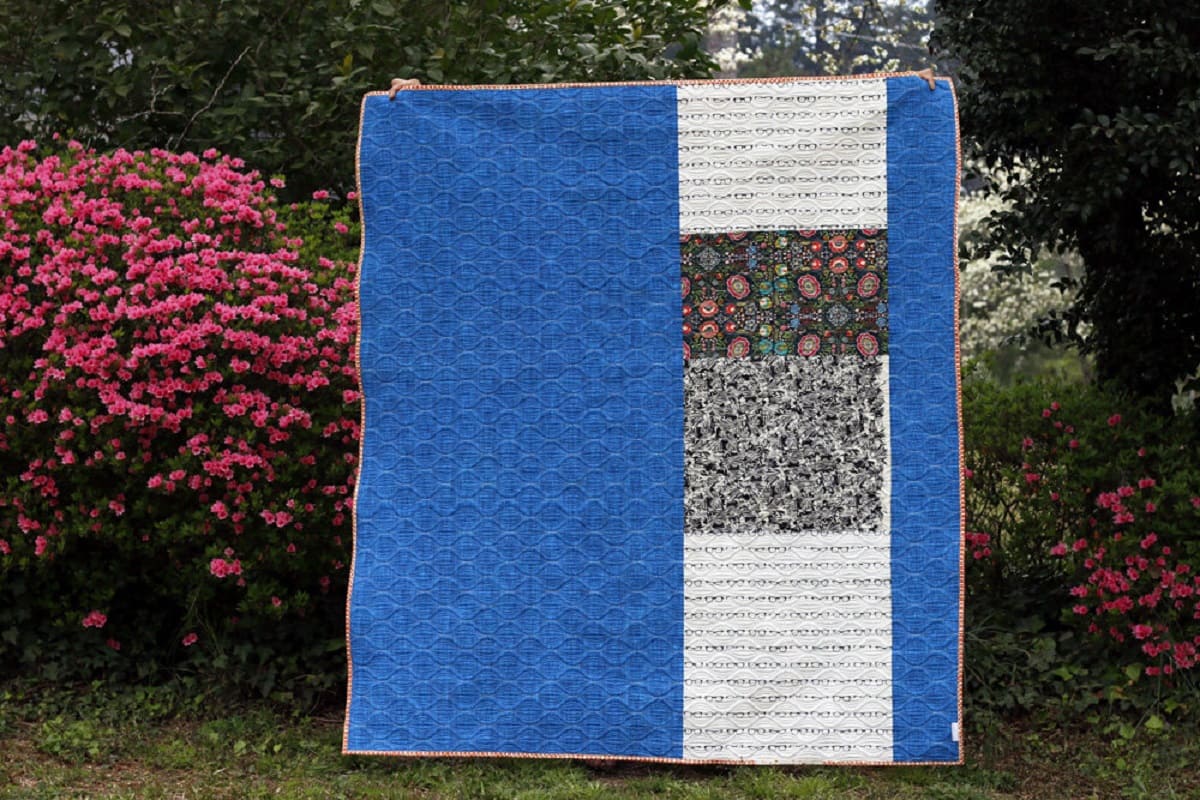
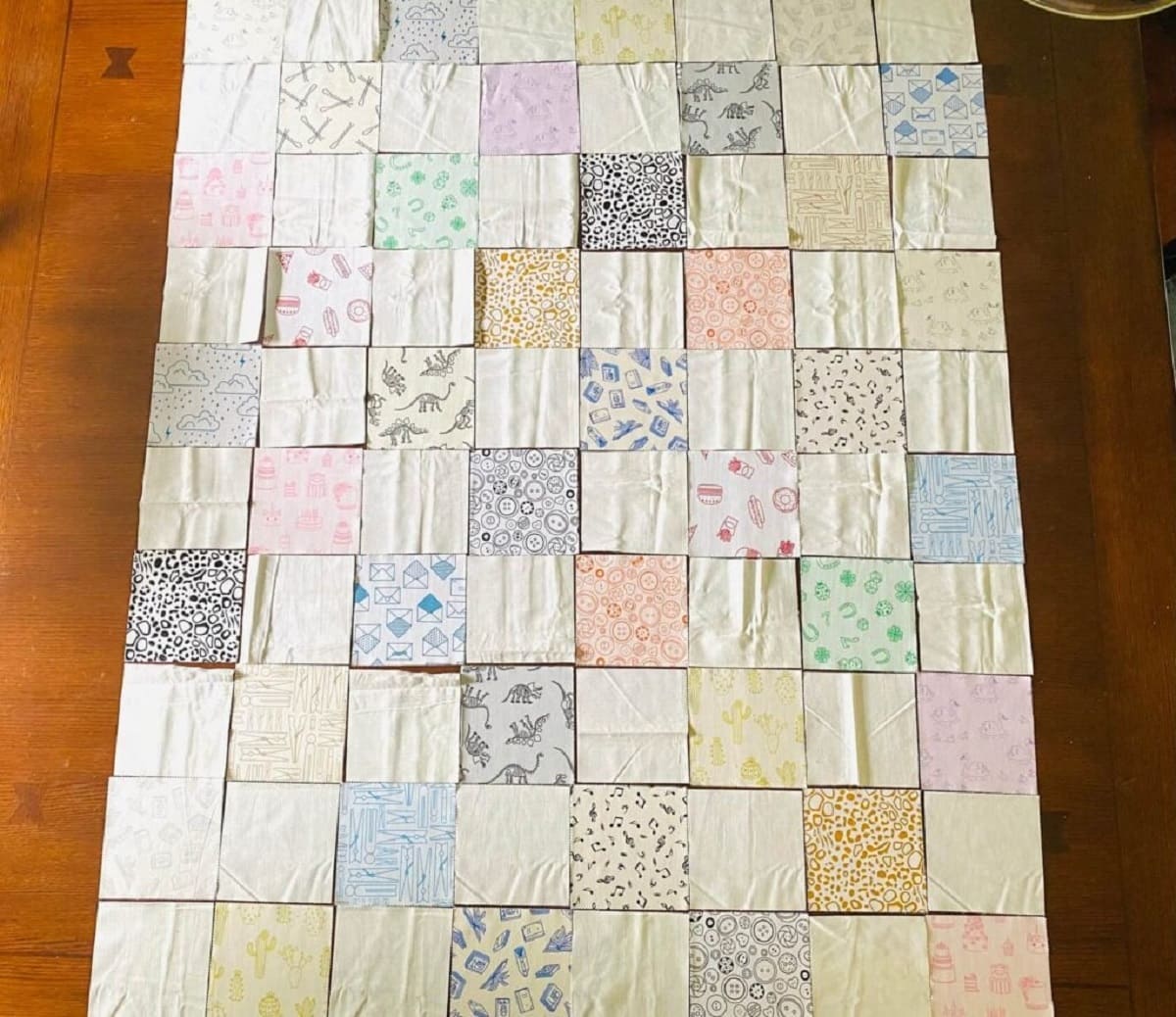
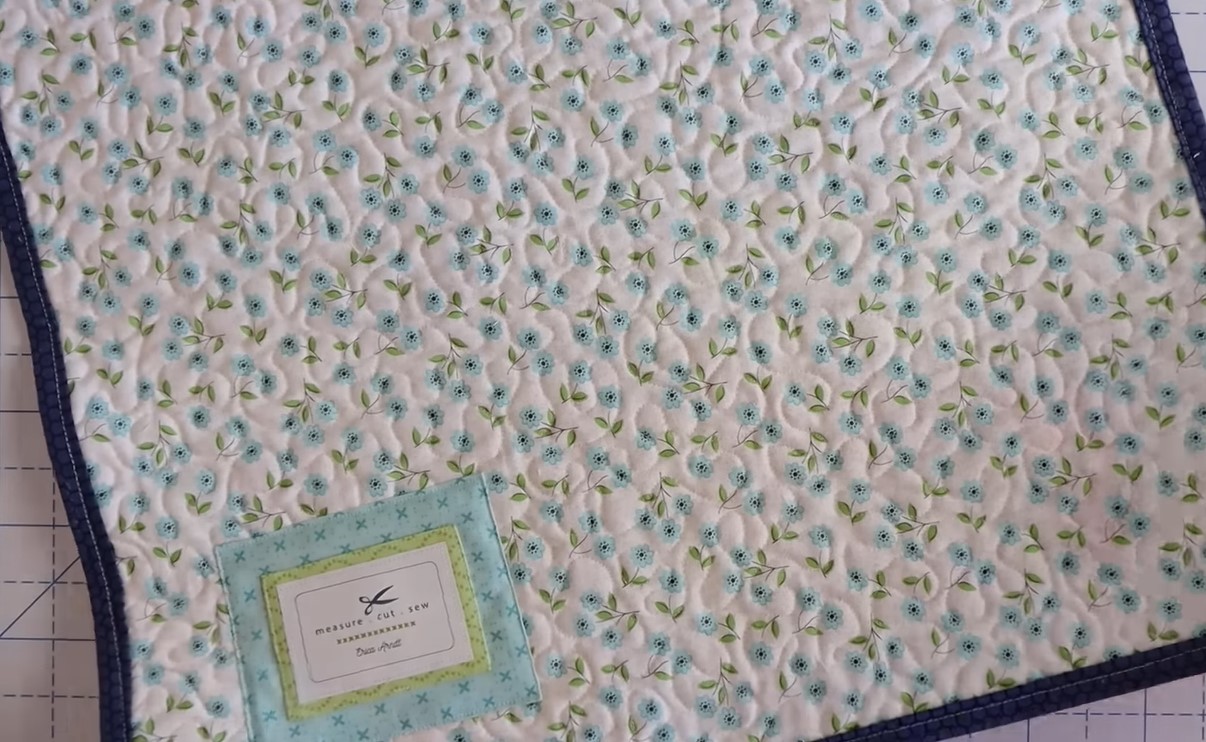

0 thoughts on “How To Make A Weighted Quilt”